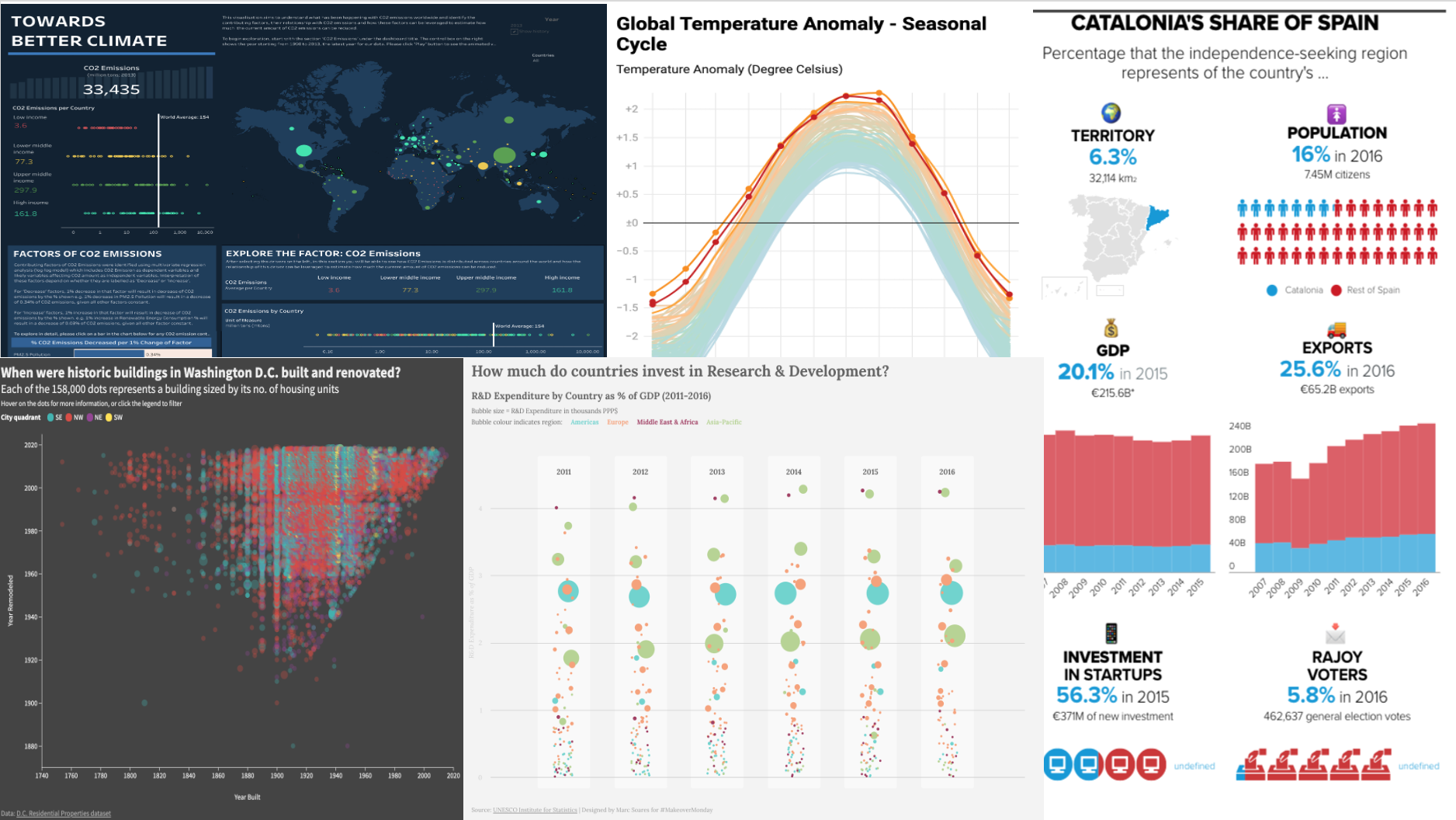CJ Attard Insights
Exploring the latest trends and insights in various industries.
Pie Charts and Power Moves
Unlock the secret to success with our eye-opening insights on pie charts and power moves—your ultimate guide to data-driven domination!
Understanding Pie Charts: A Comprehensive Guide
Understanding Pie Charts is essential for anyone looking to present data effectively. A pie chart is a circular statistical graphic that represents data in slices, each slice corresponding to a proportion of the whole. This visual representation makes it easier for viewers to quickly grasp how different categories contribute to the overall dataset. Here are a few key benefits of using pie charts:
- Visual Simplification: Pie charts simplify complex data by providing a clear visual breakdown.
- Immediate Insights: They enable viewers to quickly identify trends and patterns within the data.
- Effective at Showing Proportions: Pie charts excel at displaying the relationship of parts to a whole.
When creating a pie chart, understanding how to represent data accurately is crucial. The following steps can help ensure that your pie chart is effective:
- Select Relevant Data: Choose a dataset that conveys a meaningful proportion.
- Limit the Number of Slices: Ideally, a pie chart should have no more than five to seven slices for clarity.
- Use Distinct Colors: Differentiate each slice with distinct colors to enhance visual appeal and comprehension.
By keeping these tips in mind, you can create pie charts that not only look good but also convey information clearly and effectively.

Power Moves in Data Visualization: Best Practices for Effective Pie Charts
Power moves in data visualization often begin with the effective use of pie charts. These circular graphs display parts of a whole, making it crucial to emphasize clarity and usability. To create impactful pie charts, follow these best practices:
- Limit the number of slices: Too many segments can confuse viewers; aim for five to six slices.
- Use contrasting colors: Ensure each segment is distinctly colored to increase readability.
- Label segments clearly: Include percentage values or clear labels to enhance comprehension.
Another key practice involves the accurate representation of data. Avoid distorting proportions, as this can mislead your audience and compromise credibility. Furthermore, consider your audience's needs—what information do they seek? Utilizing tooltips or an accompanying legend can significantly improve the user experience. Remember, the goal of any data visualization is not just to present data but to tell a story; an effective pie chart can convey complex insights at a glance.
Are Pie Charts Still Relevant in Today's Data-Driven World?
In today's data-driven world, the debate about whether pie charts remain relevant is more pertinent than ever. While they have been a staple in data visualization for decades, their effectiveness in conveying information is frequently questioned. Critics argue that pie charts can oversimplify complex data and may not always be the best choice for presenting quantitative information. For instance, when comparing multiple categories, bar charts often provide a clearer view, making it easier to compare proportions. However, when used judiciously, pie charts can still effectively highlight a part-to-whole relationship, especially in presentations aimed at a general audience.
Moreover, the design and aesthetics of pie charts have evolved with the advent of modern data visualization tools. Today’s data-driven world requires not only accuracy but also engagement. Enhanced colors, dynamic visuals, and interactive elements can revitalized a classic pie chart, making it more appealing and informative. Therefore, while pie charts may not be suitable for all data types, they certainly maintain a place in the toolbox of data storytelling. Ultimately, the decision to use pie charts should depend on the audience and the specific context in which the data is being presented.